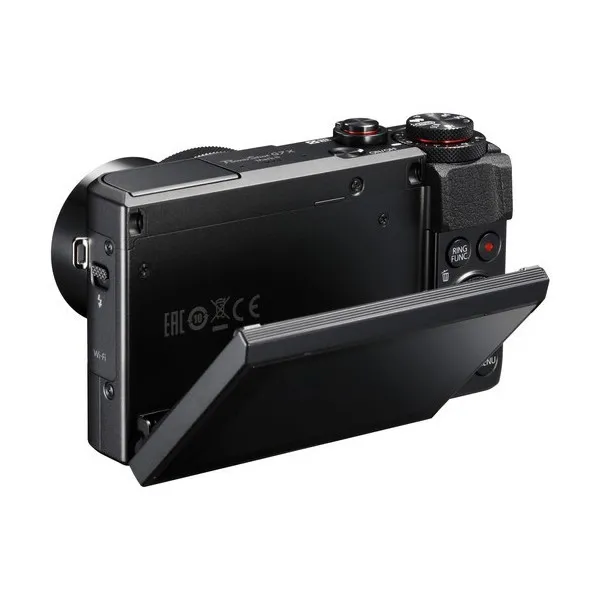

These generally require external power, typically 48 vdc, and have an internal amplifier. Once you venture into the $300+ range of microphones, you are probably looking at condenser microphones. This should have the lowest weight to the Conclusion, although seemed to be highest. An extremely unlikely test unless you have high level sound coming directly off a mixing board. A must be broken Sony that needs repair.Ĭ. Fuji with noise and High pitch backgroundĦ. Due to cheap microphones or mixed levels from various people coming in.ĥ. This is the most likely scenario for most people and should have the highest weight on the conclusions. Run low levels into the camera and need a boost. If still that bad then Sony is a failure.ī. Sony failed horribly here, So I would think the camera is bad and get a new review copy. run normal levels into the cameras (an experienced user would nail that). However, I don't agree with the conclusions at all. This is mick close on imdb and linkedin? he has experience with audio:Īn interesting test. The noise floor is the best of the DSLR bunch and the monitoring is excellent.” In conclusion, I found the camera easy to use, the mic pre amps are quiet. The monitoring is also excellent, the throughput being second to none, meaning what you put in (signal) is equal to what you get out( monitored.) "This camera has the best noise floor of all the DSLR cameras I have come across.

Not sure where the test went wrong, tho, maybe a defective camera? because sony a7-series has a history of decent in-camera preamps: I liked the audio quality of the overall edit, the background music was done perfectly, and the audio that alex recorded of himself being interviewed sounded really good. Listened to this 4k via hdmi audio out of a pc, into a denon x4500h, with decent speakers. A/D converters can also introduce distortion and aliasing. A/D converters do matter and you have to dig into the specs to see what each one can actually do.
#Canon g7x mark ii audio overload 32 bit#
Also note that your so-called 32 bit equipment (the 32bit package is capable of 192 dB) has a 130 dB noise floor below peak level or 130 dB of total dynamic range (just a tad over 21 bits) since digital s/n is measured differently than microphone s/n.

AGC has its place, but as you indirectly point out, it is best used in post rather than capture. A perfect 12 bit converter only has 72 dB (or 74 dB if you want to add the extra hand waving 2dB that A/D manufacturers are fond of) and that is not practical without a heavy dose of AGC. However, that mic will most likely stay quite clean up to around 120 dBa or 26dB above the reference 94 dBa for a dynamic range of 62+26 or 88dB. Note that if you really had 144 dB of dynamic range in the A/D, there would be zero need for an AGC circuit because you can't make a preamp much better than that and there are no microphones that come close.Ħ2 dB s/n is not the best Neumann by a fair bit, but nonetheless, 62dB is noise floor below 94 dBa, i.e. Once you get the signal into the digital world, video is the big bit hog, but until you get there, audio is a challenge. Those who have built both, know that very good audio is just as hard as very good video because the bandwidth x dynamic range product is in the same ballpark. So, yes the A/D converter is an important part of the system and very hard to make with high performance at the very low power budgets available in cameras. Very high end "24 bit" converters don't make better than about 19 bits and change. Nobody I know of makes an A/D that has 144dB (24 bits) of dynamic range. I helped to write it, but that is a data package spec and has little to do with the quality of A/D converters. So, much of what I’ve read in these comments about Sony somehow falling behind is simply conjecture, much of it seemingly malicious.Ĭanon had to spec-out their 1DX III-which is sadly flawed (probably because they rushed it to market)-and then engage us, the consumer, in an unprecedented pre-launch marketing campaign to introduce the concept of their R5-a tactic to stop the bleeding of their consumer base.Īnyway, Sony will release the A7SIII and firmware updates and thereby silence many who habitually spew malicious, passive-aggressive comments in this Ed Ingold.
#Canon g7x mark ii audio overload how to#
Let’s not forget what we’re talking about here Sony is not some startup electronics company they’ve been at this game for years and know how to play the incremental game of upgrade releases to maximize profits against the best of competitors. Sony is going to do what’s good for Sony, whether that be providing firmware updates to existing models enabling higher bit rates et cetera or putting such upgrades in new releases.


 0 kommentar(er)
0 kommentar(er)
